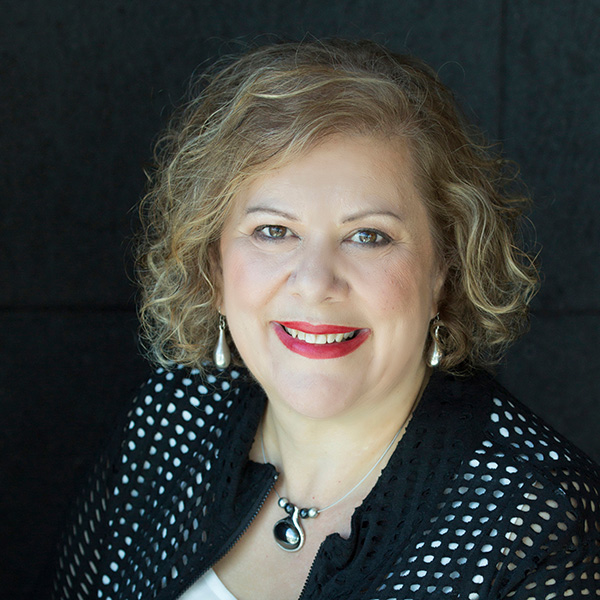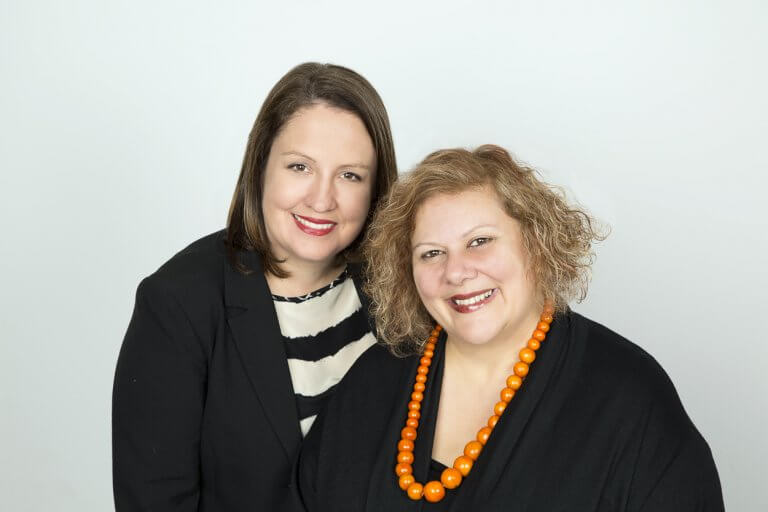If you’re an Australian Professional in the mid stages of your career who feels stuck and is thinking about their next career move or actively job seeking, I am so glad you’ve found me!
On the blog this month I’ve asked Karen Hollenbach, the Founding Director of Think Bespoke and one of Melbourne’s leading LinkedIn specialists, to share a piece we developed together for our CAREER Grow Community. We explore the difference between your LinkedIn Profile and your Resume and why it’s important to know how to maximise these two essential career tools for your career success.
Over to Karen . . . . .
In Australia 4 out of 5 people have a LinkedIn profile and searching LinkedIn is increasingly the first step for professionals, recruiters and hiring managers who are seeking people with particular skills and experience for potential projects, collaborations and vacant roles.
Writing your LinkedIn profile is not as simple as cutting and pasting the professional summary, experience and education sections of your resume, although I do see many LinkedIn profiles written this way. It’s hard to write about yourself, and so today’s article will help you understand the differences between your LinkedIn profile and resume and how you should approach writing each.
Marina and I often discuss the fundamental differences between a LinkedIn Profile and a Resume. We agree these are both essential career tools, but play different roles in your career planning and job hunting journey. In fact, we think there are 8 differences that you should be aware of when updating your LinkedIn Profile or resume, including:
- Photo
- Variations
- User Experience
- Length
- Focus & Format
- Tone
- Role of Keywords
- Audience
Let’s explore some of these in more detail.
Photo
A photo is expected for your LinkedIn profile and is not needed for your resume. LinkedIn reports that members who include a profile photo receive 21x more profile views and up to 36x more messages.
When deciding which photo to upload, choose one that aligns with your role as a professional, but that makes you approachable. You can upload directly from your phone, but make sure it’s good quality and includes you only, not your pet or significant other.
If you can, have a photo taken by a professional photographer. Your goal is to come across as likeable, professional, influential, and competent.
Variations
Marina recommends that each resume is specifically tailored to the job offer and designed in a way suitable to your industry. You should always have more than variation of your resume, and write as many resumes as jobs you plan to apply for, because the purpose of your resume is to respond specifically to an advertised or vacant role and to get you an interview with the recruiter or hiring manager.
You have just one version of your LinkedIn profile and need to keep it updated as you change roles, gain qualifications or certifications and are involved with new projects. It is worth searching your name on LinkedIn to check if you have not accidentally created duplicate profiles. I see this often, due to members accepting invitations to connect from different email addresses. I f you discover you do have a duplicate profile, here’s instructions from LinkedIn for how to merge your details into one LinkedIn profile.
User Experience
For the reader, LinkedIn offers a much richer experience than a resume. Your resume is static and contains only limited information that’s related to the requirements of the job in question, whereas your LinkedIn Profile is dynamic and ever-changing, especially if you are active on LinkedIn and post updates, publish LinkedIn articles, like or comment on your colleague’s posts. I recommend being active on LinkedIn as it helps develop your reputation, keep you top of mind with your connections and position you as a knowledgeable professional.
Skill endorsements and recommendations on your LinkedIn profile will also change, with colleagues endorsing your skills or providing you with recommendations that you can then choose to add to your profile. For more information on how to add recommendations to your profile please read this article.
Length
Since your resume should contain only details related to the job position you’re applying for, Marina recommends you keep your resume to a maximum of 2-3 pages in length.
With your LinkedIn profile, there is no limit on how long your it should be, and you can include extra material such as links, videos, presentations or your publications. Importantly, I recommend you only add information to your profile that is relevant to your goals for LinkedIn. If you are actively job hunting, consistency with your resume is essential, and it is worth reviewing your LinkedIn profile to ensure there are no ‘red herrings’ or distracting details in your profile that you included when you first signed up to be a LinkedIn member.
Focus & Format
While your LinkedIn profile positions you as a professional with overall skills, experience, and perhaps also a point of view, the focus of your resume is on your skills and previous work experiences, how they make you an ideal candidate for a specific role, and how the organisation will benefit from hiring you.
In a resume format, you need a “Professional Summary” or “Profile” at the beginning of your resume. This replaces the traditional “Career Objective”. It is the cornerstone of the resume because it will influence whether people read on. This needs to be three to four short sentences or phrases to present a compelling snapshot of your professional expertise and key personal attributes that represent your personal brand.
LinkedIn allows you to do the same in the “Summary” section of your profile. However, you have more space (up to 2,000 characters). There are some limits on formatting text in your LinkedIn Profile, with the insertion of symbols (which I suggest you use sparingly) and capitals, the main options. You can also add links to showcase an online portfolio, videos and online publications.
While the core chronology and facts will be very similar in your LinkedIn profile and resume, they way you describe your transition from one role to the other and the amount of previous and current career information will differ.
The LinkedIn profile will provide an overall sense of achievements, and perhaps also an element of storytelling for each role, while the resume should contain only the information relevant to the job offer you’re applying for and stick to key metrics and provide evidence of performance based results.
Tone
I encourage my clients to take a more relaxed tone on LinkedIn, but am mindful that their industry and role type will strongly influence the appropriateness of this. If you view LinkedIn like a virtual room, then your LinkedIn profile is you,! It’s an invaluable 24 hours a day, 7 days a week online ambassador.
Your LinkedIn profile should tell a bigger story. It’s a place to showcase your personal branding, demonstrate your expertise and share relevant information that adds value to your professional community.
Both need to strategically address what’s in it for the reader, but your resume will be more formal in tone and is perhaps one of the most formal documents you will ever write. The strength of your resume is in the structure and word choices. They must respond to key selection criteria and use words and language that are consistent with the words used in the job advertisement or those used by the organisation generally in their website copy. The real estate on the page of a resume is more limited so you must choose your words very carefully!
A professionally written resume and an impactful LinkedIn profile should demonstrate the value you can add to an organisation. It is essential to articulate the impact you’ve had in your current and previous relevant roles. However, the level of detail will vary due to the public nature of LinkedIn and the private and specific focus for your resume.
Role of Keywords
While your primary goal with your LinkedIn profile and resume is to connect with the reader, ignoring the technology used by recruiters and hiring managers can put you at a disadvantage. Scanning software may be used to filter resume applications, and LinkedIn’s algorithms look at keyword density to rank your profile in a search. To read more about how LinkedIn does this please read this article from LinkedIn about LinkedIn Search Relevance – People Search. The headline, summary, experience and skills sections of your LinkedIn profile must be written in a way that help you get found.
If you are actively job hunting, consider the role titles and skills required for these roles. Review your LinkedIn profile and ensure that any skills or experience you have are written in a way that is consistent with the industry terminology.
Choosing the right keywords is much easier in resumes, since every advertised role contains plenty of keywords and phrases you can use. Marina advises that some companies use applicant tracking systems (ATS) that search for the keywords the right candidate should have in his or her resume. Without these keywords you will not be very successful with an ATS. This is particularly important if you are putting your resumes up on SEEK or job boards. Tread carefully!
Audience
The purpose of a resume is to get an interview and get hired. Marina recommends that you keep your resume updated as an ongoing record as you change jobs or roles. In this article she writes “Life runs at a rapid pace, and the older we get, the harder it is to remember the specific details of each role. It is the key achievements and examples of what you’ve done in each role that become your compelling selling points . . . when you are looking for a new job or making a change in your career direction.”
Though headhunters often use LinkedIn to hire people, it’s main goal is to keep you connected with other people from your industry and to help you stay in the loop about what’s going on in your area of expertise.
After the hiring manager reads your resume, they will go and check how you look on Linkedin before doing a general online search, and perhaps also a specific search on social media. As a side note – if you are actively applying for roles, please review your privacy settings on platforms like Facebook and Instagram if you have activities or comments you’ve shared that you would prefer not to be public knowledge.
It is important to mention that your LinkedIn profile has the potential to reach a broader audience than your resume. It’s therefore important to strike a balance between creating the opportunity for making more connections with tailoring the LinkedIn profile for your ideal job or client base. Consistency is the key!
How Can We Help?
If you’d like a fresh set of eyes to look over your LinkedIn profile, please read more here about Think Bespoke’s LinkedIn Profile Audit .
If it’s your resume that needs some attention, please read more here about Letz Create’s Resume Review.
If you are thinking about your next career move, please join our Career Grow Facebook group here. Our aim is to provide you with helpful resources and thought starters to assist your professional development. This is a comfortable and safe place to access useful resources, learn, reflect, ask questions, seek professional development guidance and understand how to achieve greater job satisfaction.

I am a passionate Career Coach who works with individuals in the explore and search phase of their career journey, helping you realise your strengths through my career coaching and training programs. I enjoy showing people the path to greater career satisfaction and providing insight and tools to help you make your next career move.



